Senior travelers and the Kailash pilgrimage
Senior travelers desirous of visiting the sacred Mount Kailash and feeling that they will not be able to, Take heart… Some mountains demand youth. Some demand fitness. Kailash demands neither.
What it demands is intention.
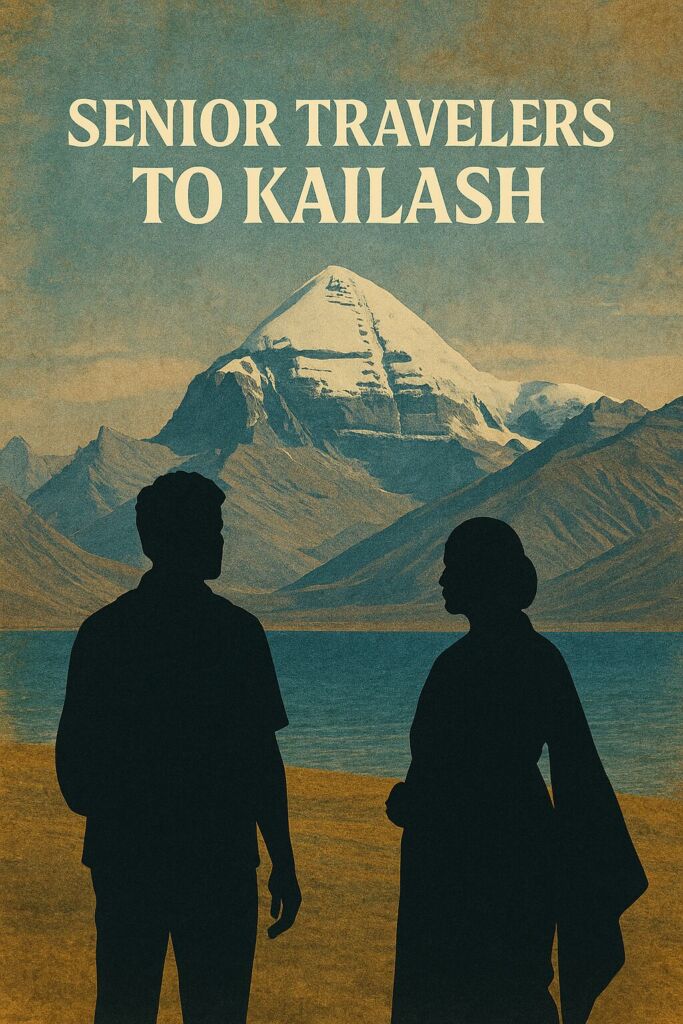 For decades, the Kailash–Mansarovar Yatra was a heroic saga — weeks of trekking, thin air, mule tantrums, and bureaucratic paper cuts. It was a pilgrimage that rewarded the stubborn and terrified the sensible.
For decades, the Kailash–Mansarovar Yatra was a heroic saga — weeks of trekking, thin air, mule tantrums, and bureaucratic paper cuts. It was a pilgrimage that rewarded the stubborn and terrified the sensible.
Today?
The mountain has become surprisingly accessible, even to travellers in their 60s, 70s, and beyond.
(Yes, your knees can unclench now.)
Let’s break down the “How to do Kailash comfortably” guide — especially for seniors, low-fitness travellers, and anyone whose trekking glory days are fond archaeological memories.
First: What Senior travelers CAN Do
-
The Darshan-Only Trip (No Trekking, No Drama)
This is the senior traveler favorite. You get:
- Helicopter to Hilsa
- Bus ride to Manasarovar
- Comfortable guesthouses
- Drive up to Kailash viewpoint
- Full darshan of the mountain
- Circumambulation of Mansarovar by vehicle
Zero trekking.
Zero high-risk mountain walking.
But all the blessings, beauty, and mythic immersion.
-
Partial Parikrama (Day 1 Only)
Day 1 from Darchen to Dirapuk is technically doable for senior travelers who are moderately fit. It’s the easiest segment.
-
Full Parikrama?
Yes — some senior travelers do it! But only if:
- They walk regularly
- Have stable BP
- No heart/lung issues
- Have trained for 2–3 months
- Their doctor approves
Otherwise… don’t be a hero. Kailash rewards humility.
The Helicopter Advantage (the senior traveler’s Secret Weapon)
Modern yatras use helicopters to reduce the journey by 20+ days.
Route sequence:
Kathmandu → Nepalgunj → Simikot → Hilsa (helicopter) → Purang → Mansarovar
This skips the punishing old trails and replaces them with breathtaking aerial views.
Altitude issues still exist — but far less fatigue.
Think of it as:
Traditional Yatra → Netflix series
Modern Yatra → Skipped straight to the finale with a well-made recap
Accommodation Now: Beds, Blankets, Bathrooms. Hallelujah.
Gone are the tents that leaked and the toilets that traumatized.
Now you get:
- Tibetan guesthouses
- Warm beds
- Thick blankets
- Hot water (most days)
- Dining halls
- Oxygen cylinders
- First-aid staff
- Ambulances on standby
This is practically luxury by Himalayan standards.
But Altitude… What About Altitude for senior travelers?
High altitude is the real challenge — not age.
Senior travelers should:
- Acclimatize slowly
- Drink 3–4 litres of water
- Avoid over-exertion
- Take Diamox if prescribed
- Sleep early
- Skip alcohol (yes, even “just a little”)
- Walk daily before the trip
- Carry a pulse oximeter
Kailash rewards preparation, not bravado.
What Senior travelers MUST Pack
- Down jacket
- Thermals
- Woollen socks
- Gloves
- Sunglasses (UV is brutal)
- Trekking pole (lifesaver)
- Prescribed medication
- Extra meds for altitude
- Portable oxygen canister (optional but comforting)
- High-calorie snacks
- Easy-to-wear layers
- A lightweight daypack
- Comfortable walking shoes
Bonus: a sense of humour. Tibet’s weather loves surprises.
Food: Simple, Warm, Gentle on the Stomach
Expect:
- Hot soup
- Rotis, veg curries
- Rice, dal
- Tea, coffee
- Tibetan bread
- Sometimes noodles (the local love language)
Carry:
- Dry fruits
- Electral
- Ginger/lemon drops and Biscuits
Avoid heavy or oily food — the altitude makes your stomach behave like a slow government office.
Senior travelers’ Kailash Summary
You don’t need to be a marathoner.
>You don’t need to be an adventurer.
>You don’t need to be afraid.
You need to be:
- sensible
- prepared
- slow-paced
- respectful of altitude
- willing to listen to your body
- open to awe
Because Kailash is not a trek… It’s a calling… And when it calls, age is irrelevant.
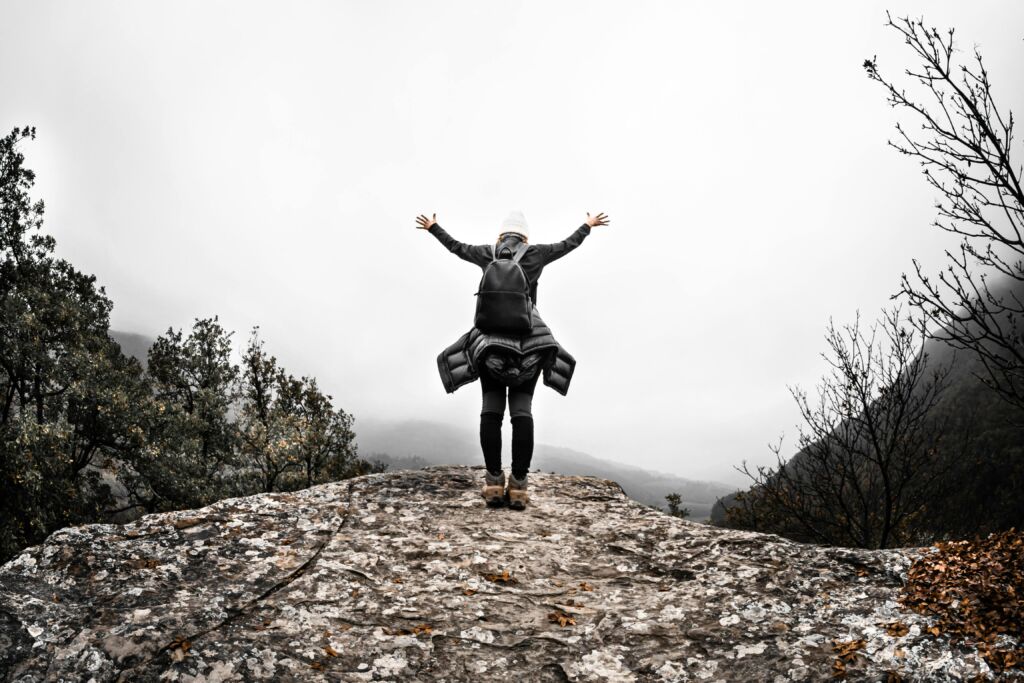 Here is some more information on the journey to Kailash-Manasarovar: Where Heaven Keeps Its Address Public
Here is some more information on the journey to Kailash-Manasarovar: Where Heaven Keeps Its Address Public

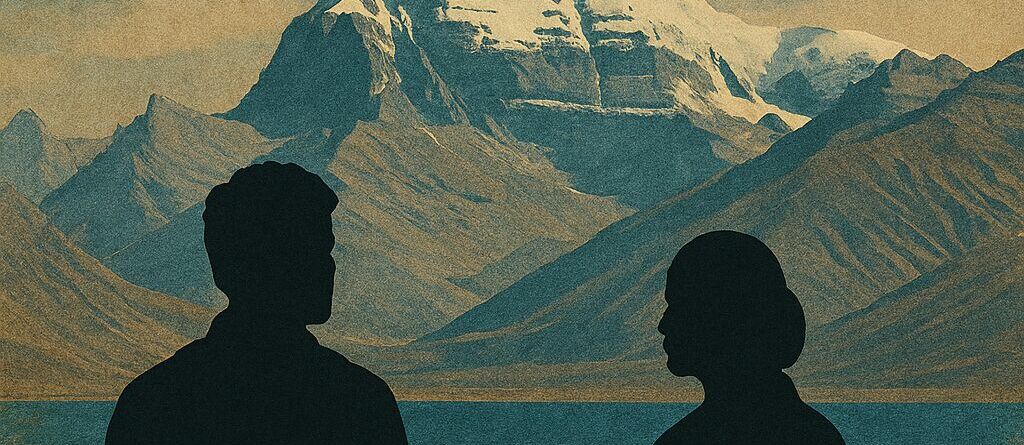
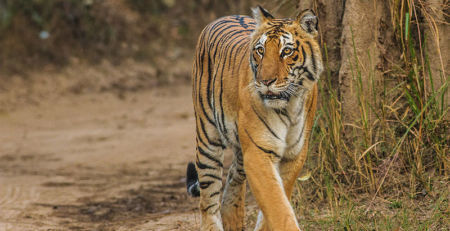



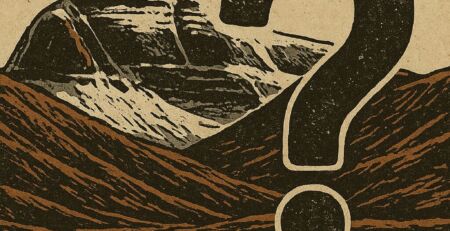
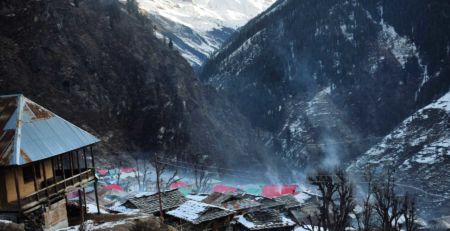
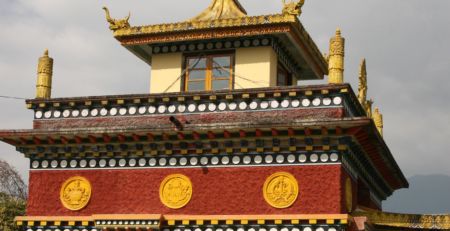

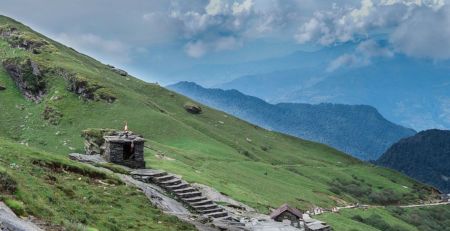
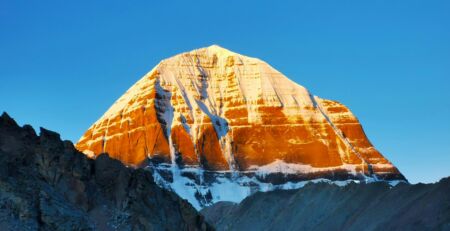
Leave a Reply